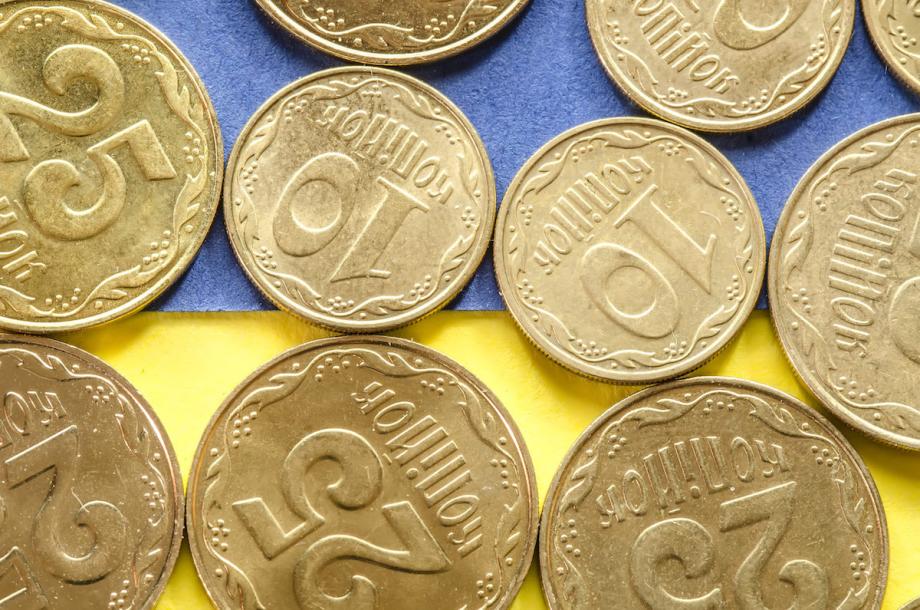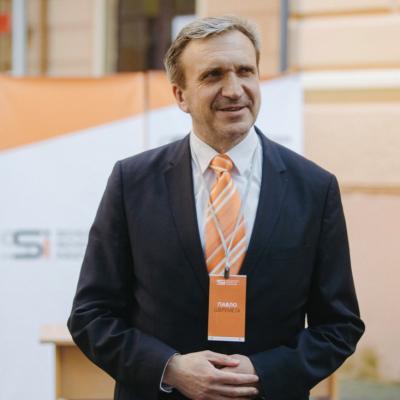Securing Military and Economic Breakthroughs in Ukraine

By Pavlo Sheremeta.
If Ukraine ever had a true Breakthrough Moment (the title of our GLOBSEC’s podcast) during the last 5 months, that was it – a lightning-speed, forceful, successful liberation of the Kharkiv oblast occupied by Russia. In three days Ukraine recaptured more territory than Russia occupied in 5 months.
I was puzzled for the last couple of weeks – why does Ukraine telegraph its intention to liberate Kherson in the south of the country so intensively? Occupiers noted that telegraphing too and moved significant forces from the north-east (Kharkiv oblast) and east (Donetsk oblast) to the south to defend Kherson. No surprise that the Ukrainian counteroffensive in the south has been moving so slowly amid the significant Russian resistance. So were we speaking too much? The answer came exactly on September 9, when Ukrainian Armed Forces started to liberate town after town in the north eastern Kharkiv Oblast, pretty much deserted by Russians. “Building on months of careful efforts to both prepare Ukrainian forces and waste Russian ones, Ukraine has achieved a strategic masterstroke that military scholars will study for decades to come,” wrote Phillips O’Brien, a professor of strategic studies at the University of St. Andrews in The Atlantic.[1]
Although the news from the battlefield warm our hearts, Ukrainians are concerned how to keep their bodies warm during the upcoming winter. Physical damage from the war between February 24 and June 1, 2022 reached over $97 billion, according to the joint assessment by the Government of Ukraine, the European Commission, and the World Bank, released on September 9. It estimates that the current cost of reconstruction and recovery in Ukraine amounts to $349 billion (€349 Billion). This figure is expected to grow in the coming months as the war continues.[2]
After their embarrassing losses in Kharkiv Oblast, Russians are intentionally bombing power and water infrastructure as well as schools, hospitals and residential buildings. “So many windows have been shattered by explosions — millions of them — that there is a nationwide run on glass. That makes it impossible for many people to fix their windows, even as the cold air begins to blow in. And every day, with the fighting still raging, more are being broken.”[3] Real gross domestic product has fallen 37 percent from a year ago. At the same time, inflation has surged to nearly 24%. In fact, these latest numbers surprise Noble Prize winning economist Paul Krugman. “That’s all?” – he asks and reminds us that “Turkey, for example, currently has 80 percent annual inflation. So Ukraine is actually doing pretty well, considering.”[4] There are even some signs of recovery.
IT industry expects a 23% growth, based on export revenues in January-May 2022.[5] The government relaxed fuel-price controls to help importers cover higher logistics costs. Gas-station networks bought fuel from all over the world, except Russia, bringing it in by road, rail and river. It was enough to meet demand, and mile-long lines at gas stations disappeared. At Nova Poshta, Ukraine’s equivalent of FedEx, deliveries are back to 90% of their prewar level of a million parcels a day. After Russia launched its full-scale invasion of Ukraine in February, Nova Poshta’s revenues fell to 2% of the prewar level.[6]
What need to be done to keep the economy floating during the difficult winter months without slipping into a hyperinflation? Kyrylo Shevchenko, the governor of the National Bank of Ukraine reminding, that the EU’s founding treaty expressly prohibits national central banks from financing their governments gives the following answer. “First, Ukraine should revitalise domestic borrowing by issuing government debt on market-driven terms. However, this process should be structured so as to prevent public debt from continuing to rise in peacetime. Second, Ukraine should curtail the deficit by slashing non-priority expenditures and raising taxes. And third, international financial support for Ukraine should increase.”[7]
Financial assistance from Ukraine’s partners is therefore almost as important as military support. They have already provided Ukraine with more than $17bn in aid in 2022. Ukraine expect another $12bn by the year’s end. Both Governor Shevchenko and Prime Minister Shmyhal call on IMF to launch of a new co-operation program with Ukraine.
Sources:
[1] Ukraine Pulled Off a Masterstroke. https://www.theatlantic.com/ideas/archive/2022/09/ukraine-russia-putin-kharkiv-kupyansk/671407/
[2] https://www.worldbank.org/en/news/press-release/2022/09/09/ukraine-recovery-and-reconstruction-needs-estimated-349-billion
[3] One Big Problem for Ukraine Is Clear: Glass. NYT, Sept. 19, 2022. https://www.nytimes.com/2022/09/19/world/europe/ukraine-war-glass.html
[4] Wonking Out: What Ukraine Needs From Us. NYT, Sept. 16, 2022. https://www.nytimes.com/2022/09/16/opinion/ukraine-economy.html
[5] https://itcluster.lviv.ua/en/projects/it-research/#report
[6] Ukraine’s Economy Stabilizes, a Boost Alongside Rapid Military Gains. WSJ, Sept. 13, 2022. https://www.wsj.com/articles/ukraine-economy-stabilizes-military-gains-11663078436
[7] Ukraine’s war economy urgently needs more international support. FT, Sept 12, 2022. https://www.ft.com/content/c91c6c1c-e73c-4314-9fae-106b45ca4fdb
